Original 2U Rack Server R550 with IIntel Xeon Gold 5315Y Xeon Gold 5317 8SFF H345 2*800w in Stock R550 Server
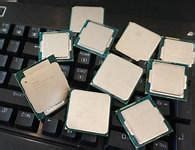
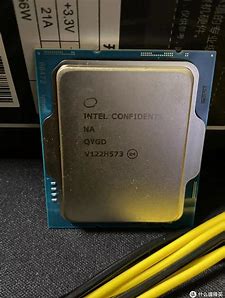
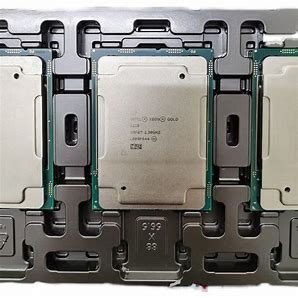
Here’s a detailed comparison table for the Intel Xeon Gold 5315Y vs Xeon Gold 5317 processors:
| Feature | Xeon Gold 5315Y | Xeon Gold 5317 |
|---|---|---|
| Cores/Threads | 8C/16T | 12C/24T |
| Base Clock | 3.2 GHz | 3.0 GHz |
| Max Turbo Boost | 3.6 GHz | 3.6 GHz |
| Cache (L3) | 12 MB | 18 MB |
| TDP | 140W | 150W |
| Memory Support | DDR4-2933 (8-channel) | DDR4-2933 (8-channel) |
| Memory Capacity | 6TB | 6TB |
| PCIe Lanes | 64 (Gen4) | 64 (Gen4) |
| Socket | LGA4189 (Ice Lake-SP) | LGA4189 (Ice Lake-SP) |
| Launch Date | Q2 2021 | Q2 2021 |
| Target Market | Entry enterprise servers | Mid-range enterprise servers |
Intel Xeon Gold 5315Y vs 5317: Enterprise Server CPU Comparison
Intel Xeon Gold 5315Y: The Balanced Performer
The Xeon Gold 5315Y is an 8-core/16-thread processor built on Intel’s Ice Lake-SP architecture, offering a 3.2 GHz base clock and 3.6 GHz max turbo. With 12MB of L3 cache and a 140W TDP, it delivers excellent single-threaded performance while maintaining solid multi-threading capabilities. Its 8-channel DDR4-2933 memory support (up to 6TB) and 64 PCIe Gen4 lanes make it ideal for memory-intensive enterprise applications.
✅ Best For:
-
Medium-density virtualization (VMware, Hyper-V)
-
Relational databases (SQL Server, Oracle)
-
Enterprise storage controllers
-
Cloud infrastructure nodes
-
Lower-power server deployments
Intel Xeon Gold 5317: The Core-Count Workhorse
The Xeon Gold 5317 steps up with 12 cores/24 threads, making it significantly better for parallel workloads. While its 3.0 GHz base clock is slightly lower than the 5315Y, it matches the same 3.6 GHz turbo boost while offering 50% more L3 cache (18MB). The 150W TDP reflects its increased computational density, while maintaining the same memory and I/O capabilities as the 5315Y.
✅ Best For:
-
High-performance computing clusters
-
Large-scale virtualization (50+ VMs)
-
3D rendering farms
-
Financial analytics workloads
-
AI/ML inference servers
Key Differentiators:
| Factor | 5315Y Advantage | 5317 Advantage |
|---|---|---|
| Clock Speed | Higher base clock (3.2GHz) | – |
| Core Count | – | 50% more cores (12 vs 8) |
| Cache | – | 50% more L3 cache (18MB) |
| Power | More efficient (140W TDP) | Higher compute density |
When to Choose Which:
-
Choose 5315Y if you need:
✓ Better single-thread performance
✓ Slightly better power efficiency
✓ Cost optimization for medium workloads -
Choose 5317 if you need:
✓ Higher core density for parallel tasks
✓ Larger cache for data-heavy applications
✓ Future-proofing for scaling workloads

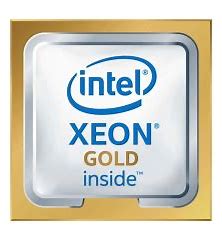


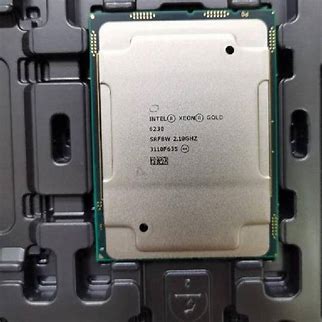
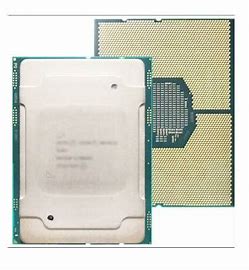
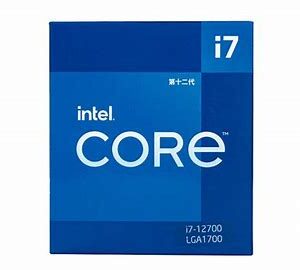
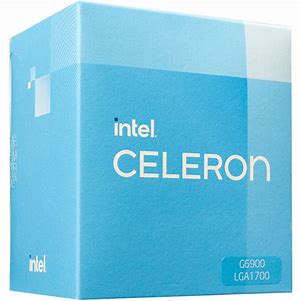

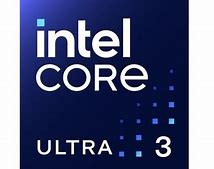
Reviews
There are no reviews yet.